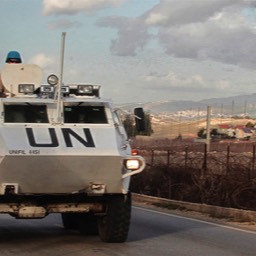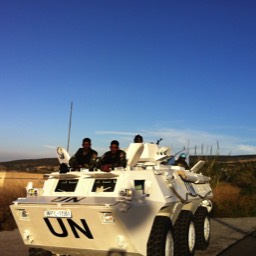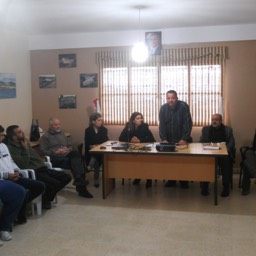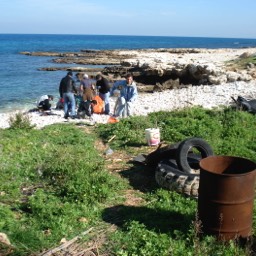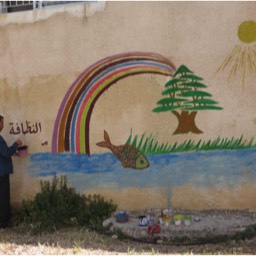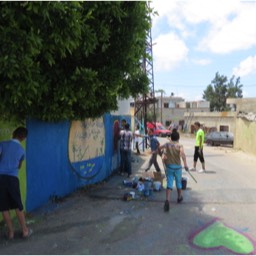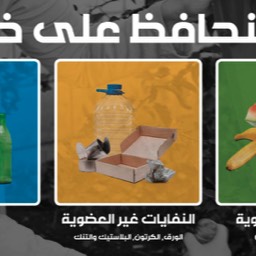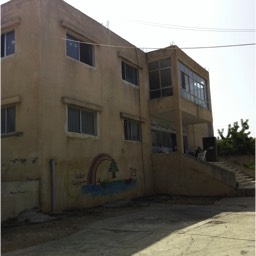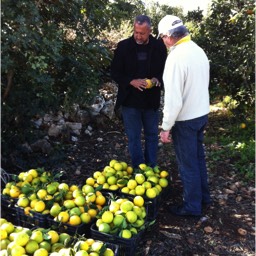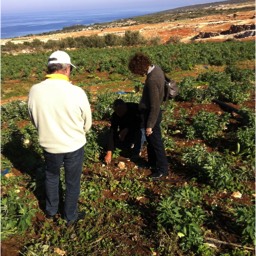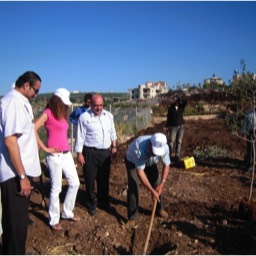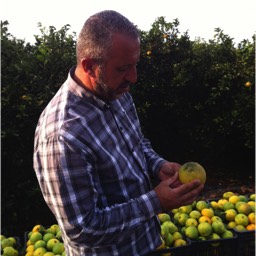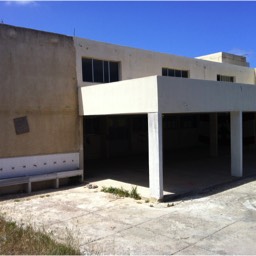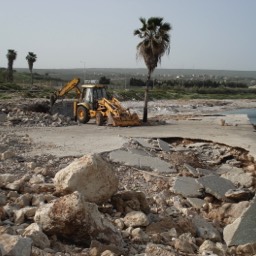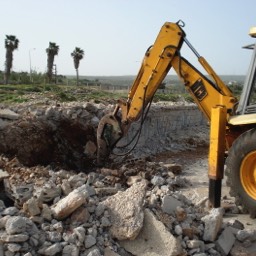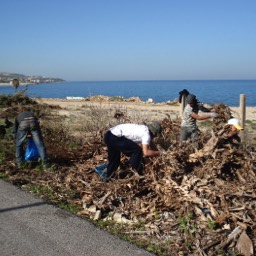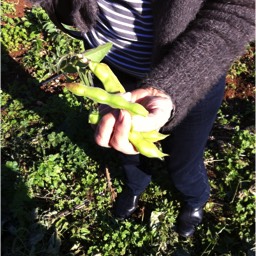ECOTOWN
sites and coasts protection in meditérranean sea
Description of the general situation of the targeted region:
Naqura is a Lebanese village near the Israeli border. Occupied by the Israeli army until
the year 2000, it is characterized by a weak demographic growth and a population that
does not exceed 3,800 inhabitants.
The area of Naqura’s village is around 4,800 hectares. This region, like the majority of
South Lebanon’s regions, was preserved during the Israeli occupation from anarchic
and massive construction that Lebanon endured during the 1975-1990 civil war and
later. In addition, the region lost most of its inhabitants and became a kind of “no-
man’s land”.
The village sits on top of a cliff overlooking the sea, whose coast has remained in a
pristine state. Naqura has the characteristics of an underdeveloped village on all le-
vels. The current Lebanese political system does not allow the development of an ur-
banization policy. The centralization of political and administrative powers in the hands
of the executive branch partly explains the difficult situation of several regions.
Bahr Loubnan estimates that this village, because of its small area and population, as
well as its geographic situation and recent history, has interesting characteristics that
make it possible to transform it into a pilot ecological village.
Project History:
In 2005, Bahr Loubnan signed an agreement with the municipality of Naqura for the
preservation of the area from all urban or toxic pollution, as well as a plan for an envi-
ronmental and active policy in the water energy and waste sectors
Practical information:
Village: Naqura
Area: 4,800 hectares
Number of inhabitants: 3,800
Number of houses: 370 houses
Bordering villages within a 5km radius: Alma al Chaar, Yarin, Marouachi el Boustan
Total number of inhabitants including neighbouring villages: 15,000
Nearest city: Tyre
Heritage: Historic city of Em el Umad Roman remnants, 8 hectare area
Public establishments:
Municipality
An elementary and intermediate school with 60 students and 12 teachers
Worship places:
Two mosques
Two Huseyniyeh (places near the mosques intended to pay condolences)
Economic activities:
Fishing Port
Environmental Index:
Mediterranean climate: Tempered climate characterized by a warm and dry summer
season, and a mild and humid winter season. The average volume of precipitation in
Tyre is estimated at 728 mm for the 6 years from 1965-1971, 1,303 mm for the most
rainy year, 1969, and 342 mm for the driest year, 1965 (source: Water Directorate,
Lebanon).
Soil: limestone
Agriculture: orange, lime, banana and various vegetables.
Trees: mainly oak, deforestation 80%.
Animals: goat, boar, wolf and fox.
Activities: fishing, 50 to 60 fishermen. Typical fish of the Mediterranean: cod, wolfish,
bream and other invasive fish species coming from the Red Sea.
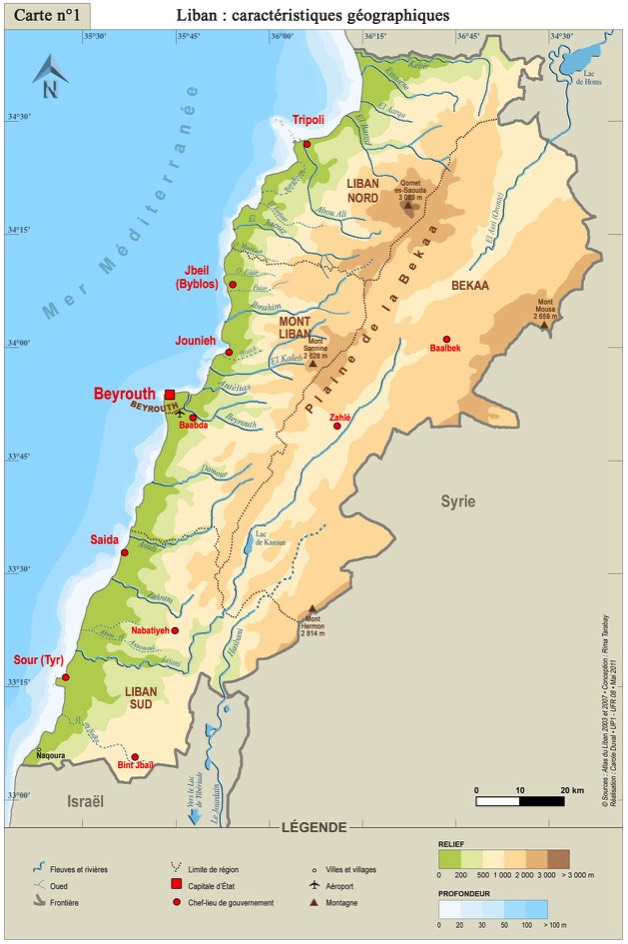
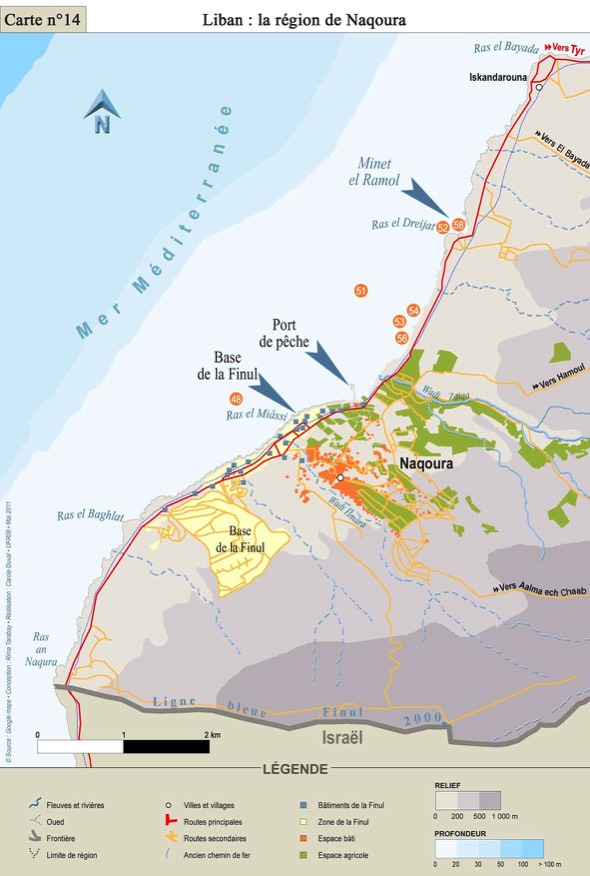
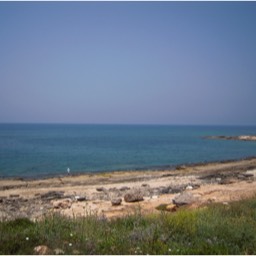
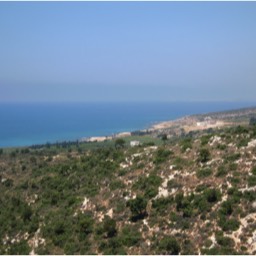
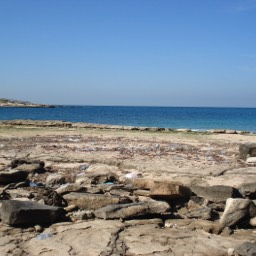
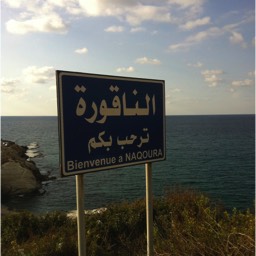
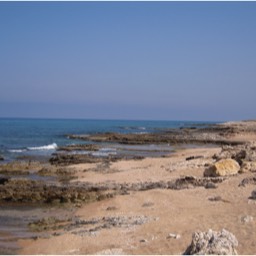
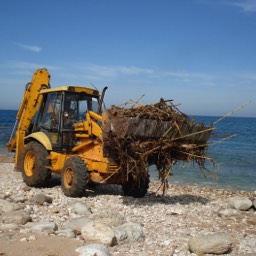
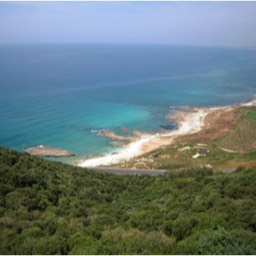
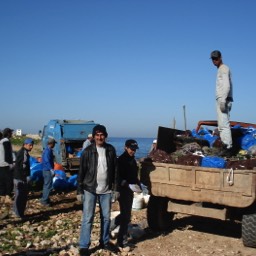
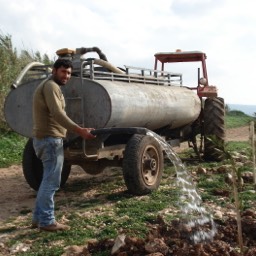
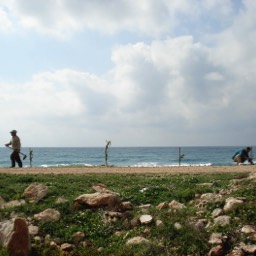


General Objectives:
The general objective is to preserve this region from all kinds of savage urbanization
and to revive it through sustainable development. Naqura is thereby part of a project of
preservation and environmental improvement.
Specific Objectives:
In the framework of sustainable development, Bahr Loubnan hopes to transform Na-
qura into a pilot ecological village in order to become a model for the Middle East and
the oriental Mediterranean basin. This pilot village will be visited by the public and
especially students. It will also become a concrete platform for children’s education
about sustainable environments.
The implementation of these standards affects several sectors and requires multi-
phase management that will include educational and informative aspects for the local
population.
